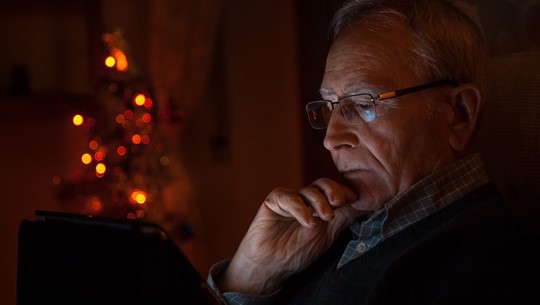The Dialysis Unit at the University Hospital of North Norway (UNN) implemented home dialysis in 2011. This service uses video conferences to bridge the distance between specialists and patients in patients’ homes. The UNN has had experience of providing teledialysis services to six remote satellite dialysis units without nephrologists in North Norway. Since 2002, the service has been expanded into patients’ homes.
The home dialysis service enables equal access to dialysis treatment in rural areas as well as connects competencies between personnel at regional hospitals and remote primary care personnel. It also empowers patients to manage their condition at home and maintain quality of life, thereby reducing the need for patient travel and provides more frequent and continuous treatment. The costs of patient transportation are reduced. The specialists’ travel time are also reduced, thereby freeing up resources.
The users are patients with kidney failure who need to be treated regularly with dialysis in two possible ways: peritoneal dialysis (PD) and haemodialysis (HHD).
 Distance treatment
Counseling via online tools with associated treatment or own treatment.
Distance treatment
Counseling via online tools with associated treatment or own treatment.
 Distance monitoring
Social care remotely with sensors, cameras, reminders and data collection.
Distance monitoring
Social care remotely with sensors, cameras, reminders and data collection.
 Distance meetings
Close care concepts that move the point of healthcare closer or into the citizens' own homes.
Distance meetings
Close care concepts that move the point of healthcare closer or into the citizens' own homes.
 New distance-spanning solutions
New innovative solutions, new national infrastructure for digital services and service models where citizens can take greater responsibility.
New distance-spanning solutions
New innovative solutions, new national infrastructure for digital services and service models where citizens can take greater responsibility.
 Show all solutions
Show solutions from all four categories
Show all solutions
Show solutions from all four categories
